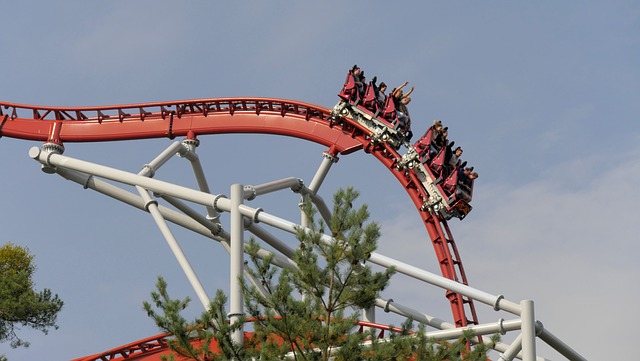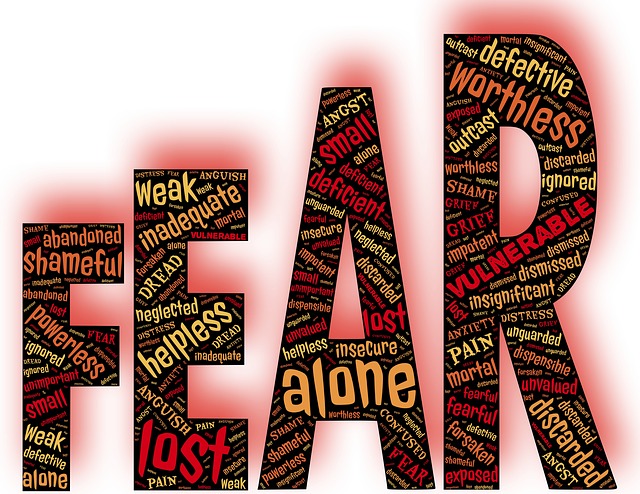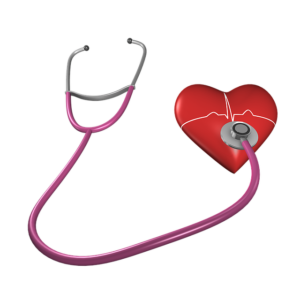Giving up my BUSY BUZZ
When the doctors released me from the hospital I had stacks of papers with instructions for diet and exercise and ALL the new medications I had to take for the rest of my life.
But, the hardest instruction to follow was from dear Dr. Marshall, he looked into my eyes intently and said, “Susan, you have to remove stress from your life.” That’s it. No explanation as to what exactly that meant.
My mind started to flip-flop. “What?! When I think of stress, I think of a terrible car accident, or being ‘stressed out’ over a sick loved one. Here’s what I learned.
Stress comes in many forms. There is even a type of “good” stress (called Eustress). It’s when we are excited or happy about an upcoming event. Imagine you are excited about going on vacation – it’s that kind of feeling.
I had to admit I thrived on that kind of low-level stress, it gave me a buzz, and a certain amount of energy to get me going on my packing or preparing for the flight. Or if I was facilitating a meeting or hosting a party – I would be happy and excited with that Eustress working in the background.
That’s what the doctor was talking about – I had to stop those feelings, avoid those times and always be cool calm and collected.
Darn it! I liked that feeling, I called it my busy buzz.
Here’s a clip from my book recalling my life in 2016.
One time I decided to list all my groups, meetings, classes, and clubs, along with the meeting days, in the back of my day planner. In my organized manner, I divided them by type: women’s groups, networking clubs, charity organizations, lunch groups with friends, online courses, and mastermind groups. There were easily 20 items on the list.
My calendar was packed with weekly and monthly meetings and a few quarterly gatherings. Some days I’d have a lunch meeting and an evening event. No problem!
Then there was my digital world. The New Normal!
By the time Zoom became the norm during the COVID-19 shutdown, I’d been attending Zoom meetings for several years. Some women hated them, but I was plenty comfortable with meetings conducted on Zoom. It allowed me to attend meetings of my favorite professional women’s group anywhere in the country. There’s a chapter in nearly every state.
I also became connected to a teacher who offered women sure-fire ways to become entrepreneurs working from anywhere in the world. It didn’t matter what your business was—or even whether you had a business yet. Her name was Monica, and she taught us her tips for getting customers and doing business online.
My product was an online course centered around writing one’s life story. I had developed a method to get a writer thinking, remembering, and creating pieces from her lifetime. This would become a memoir.
I learned from Monica about the “best” software to use to set up an online course. I learned about marketing in an “automatic” way. I was posting every day on Instagram, Facebook, and LinkedIn. Everything had a schedule.
Before I knew it, people were asking me to do anything but help them write their life story.
First there was Deanne, a petite brunette who owned and ran a preschool. “I’ve already written the story of my unique childhood,” she said. “Will you read it and tell me what you think?” I asked Deanne to send me a chapter so I could assess her project. Oh my, it was so disjointed. Too many storylines and characters.
Next was Lorna. An elegant 60-something dressed in Chanel, she approached me at a meeting. “I have a beautiful love story in my head. It’s the story of how I met my husband. I think it would make a great screenplay. Can you help me put my idea together and find a producer?”
Another off-target request came from a serious, dark-haired young woman named Connie. “I don’t want to follow a system. Can you just coach me through writing my book and finding a publisher?”
I said yes to all comers and let them know my hourly rate was fifty dollars. Even though I knew I was in over my head, I found myself creating services for editing, screenwriting, and book coaching—including publishing.
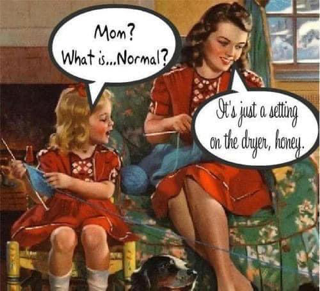
No more networking; no more crazy posting schedules; no more drained energy. I took two naps per day and went to cardiac rehab for a workout.
I gave up every group except for my women’s networking group. This filled my cup, offering a talented national speaker, a wonderful lunch, and some much-needed camaraderie. For these outings, I asked a good friend to sit with me, to make sure I ate and stayed hydrated, and to keep me from lingering too long. We joked that she was my “handler.”
Apart from this tiny oasis of freedom, I dutifully stayed home and rested. Like a prisoner with a ball and chain, I faithfully wore the life vest.
But this wasn’t the real me. And so, my journey began. It was more of a struggle than a journey because making those changes was one of the hardest things I’ve ever done!
Doesn’t this sound like a perfect description of a Type A personality?
Here’s a quote from one of my favorite actors.
“I have to admit, I was dismayed when I found out “Type A” refers to the risk of heart disease. I thought it was just a nickname my mom gave me!
—Reese Witherspoon
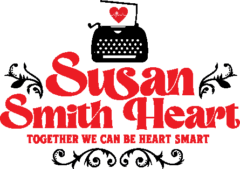

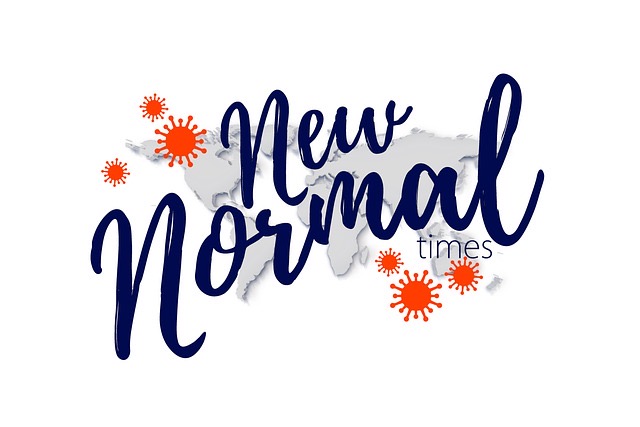

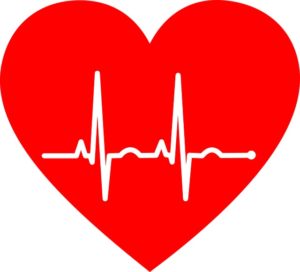 What I didn’t realize is it also common for women to use a plethora of descriptive language like “pressure, fullness, tightness” instead of the word pain.
What I didn’t realize is it also common for women to use a plethora of descriptive language like “pressure, fullness, tightness” instead of the word pain.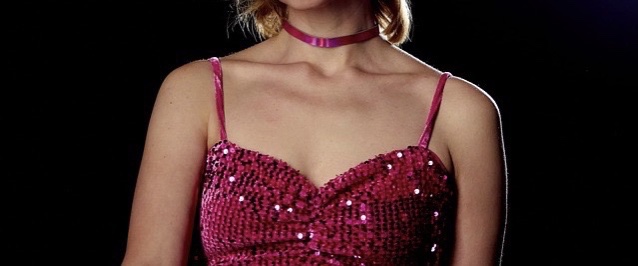 My heart sister, Robin Olson, put up with three days of agonizing pain in her shoulder. Finally, she went to the ER at the hospital where she worked for the pain.
My heart sister, Robin Olson, put up with three days of agonizing pain in her shoulder. Finally, she went to the ER at the hospital where she worked for the pain.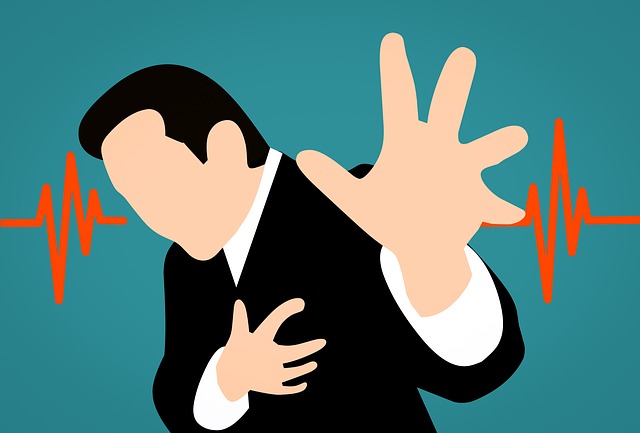 I blame those “Hollywood” heart attacks we see in the movies of men clutching their chests and collapsing from extreme chest pain. They fill our heads with what a heart attack looks like – and that is always Chest Pain.
I blame those “Hollywood” heart attacks we see in the movies of men clutching their chests and collapsing from extreme chest pain. They fill our heads with what a heart attack looks like – and that is always Chest Pain.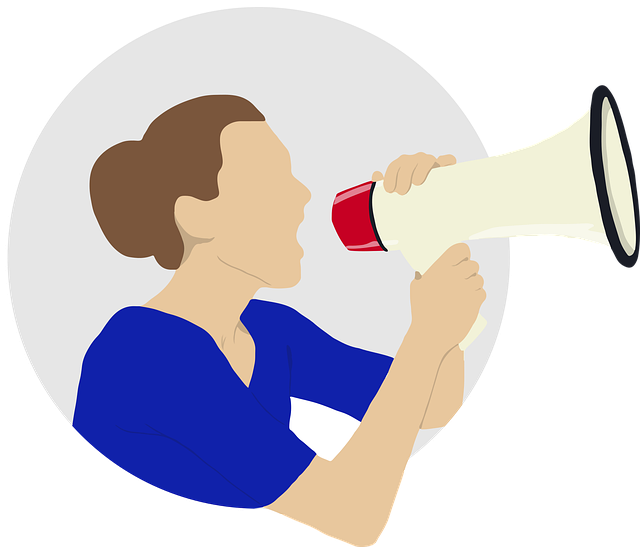 Next time you’re asked, “are you having chest pain” – describe your discomfort as something you know is a symptom for heart attack in women.
Next time you’re asked, “are you having chest pain” – describe your discomfort as something you know is a symptom for heart attack in women.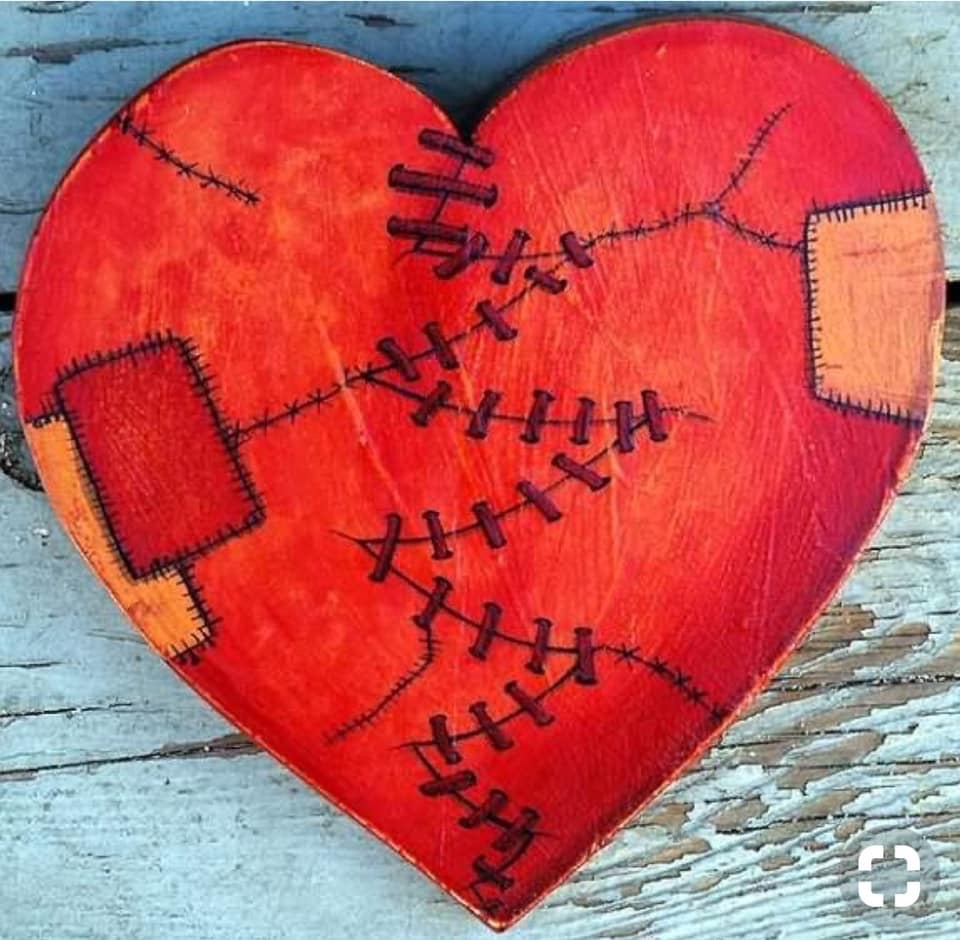
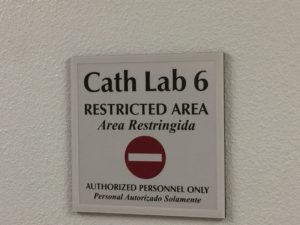
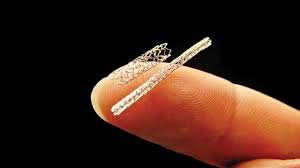
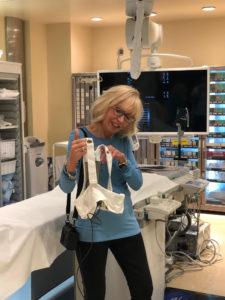
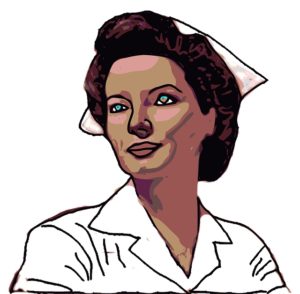
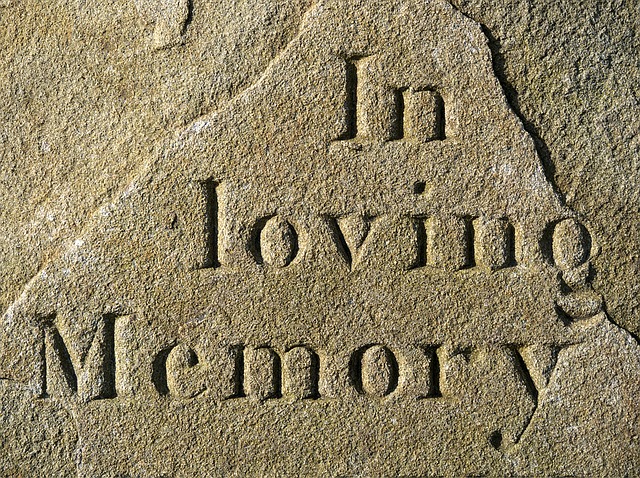
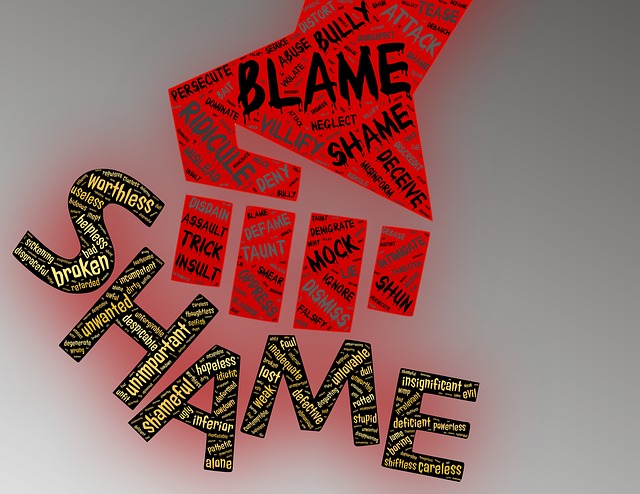 Then there’s the guilt over my life habits, smoking years ago and all those fatty foods I ate and shouldn’t have. And even worse, the guilt of thinking my “busyness” was so damn important! I am guilty of all that and yet I lived. My counselor says these feelings are normal.
Then there’s the guilt over my life habits, smoking years ago and all those fatty foods I ate and shouldn’t have. And even worse, the guilt of thinking my “busyness” was so damn important! I am guilty of all that and yet I lived. My counselor says these feelings are normal.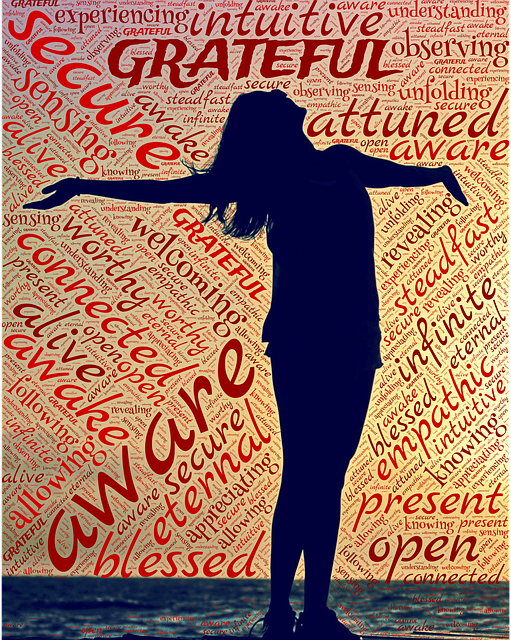 Now I say, “that was the old me, I’m not that person anymore.” I can say no to the things that will get done without me because I have to pull back. That pressure cooker life is over.
Now I say, “that was the old me, I’m not that person anymore.” I can say no to the things that will get done without me because I have to pull back. That pressure cooker life is over.